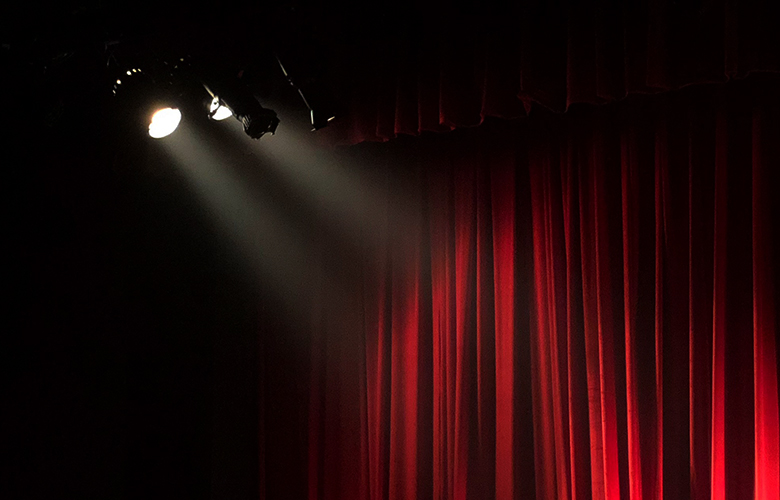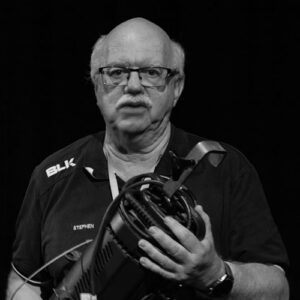
This is a thought that often crosses my mind. Should venues have a standard lighting rig, and then clients have to work with that basic design and then add only a few specials to create their lighting design? Or should it be a total black box and each company rigs and de-rigs their lighting requirements?
Both options have their benefits and problems. So is one more correct than the other? This is a thought process I have gone through quite often over the many years I have been in the game. Every time we have a new client I get the question, is there a standard rig? Most of my clients are really happy that they can build a light plot that works best with their show. But what about shows that are in for only one or two nights at the most? Now we do not have many of these, but for venues that get a lot of this type of booking, is the standard rig better for them? You can see the dilemma. If the venue has a mixture of bookings then what is the best solution?
It is much harder designing around a lighting rig that is in place. Trying to fit what they have decided is the best for their venue. It can at times stifle creativity as some designers will take the easy way out instead of asking if the rig can be stripped. Or cause there is the cost in re-instating the rig.
In the total black box situation, I have been asked by clients about the standard rig. When I reply that we don’t have one and that they need to start from scratch, I sometimes get the statement “Can you put one in for us?” That idea often fades when I mention that we have to add the cost onto them. Occasionally they think the venue should pay to put it in and then remove. If the client wants to pay to have a standard rig installed I am happy to do so, but then I say why not pay me to put up your lighting design? That does illicit interesting responses. Some companies have no lighting designer, they just want someone in their company to program and operate the lights, sometimes just operate and attempt to use any programming that is still in the desk.
If you are aiming for the independent theatre companies and professional theatre areas, a black box approach is the best. The client installs the rig they want. The director’s vision is then adhered to. With a standard rig you have to compromise. As a lighting designer, this is not the compromise I like but I have to deal with it.
Published in Collaboration with Ramblings of a Techie
Also on TheatreArtLife:
Stage Lighting: The Science of Colour & Light


Stephen believes that lighting has as much importance to a theatre piece as the performers. He also works as a venue technician and writes for CX magazine and Ramblings of a Techie Blog. He has Cert 4 in Technical Production (Theatre) He has done many jobs in the arena of entertainment such as live audio, set construction, stage management, event management and production management. Stephen really is interested in manipulating photons, adding colour and shape to create the illusion that helps a director’s vision. In recent years his lighting designs have receive critical acclaim. He also likes to explore new ways of lighting and believes thinking outside of the box is very important in design. He is one of the busiest lighting designers in Adelaide. Stephen’s recent lighting designs include STARC’s “Frankie and Johnny in the Claire De Lune”, which gained high praise for the lighting from Jude Hines of Stage Whispers ”Of note is impressive lighting throughout by Stephen Dean”, and “The Double Bass” presented by Cranking Hog Productions, one of his latest designs for “Brilliant Traces” by Joh Hartog Productions received rave reviews. He has designed for several companies including Factory Space theatre in Sydney - including Macbeth, How I met My Mother and Devil’s Caress -and the Hunter Valley Summer Theatre. He has worked in Edinburgh, London, and Sydney. Stephen is also resident Lighting Designer/Technical Manager for all of the Bakehouse Theatre shows. He has his own production company, BallyHoo Productions, that supply technical services to theatre.
Read Full Profile© 2021 TheatreArtLife. All rights reserved.

Thank you so much for reading, but you have now reached your free article limit for this month.
Our contributors are currently writing more articles for you to enjoy.
To keep reading, all you have to do is become a subscriber and then you can read unlimited articles anytime.
Your investment will help us continue to ignite connections across the globe in live entertainment and build this community for industry professionals.